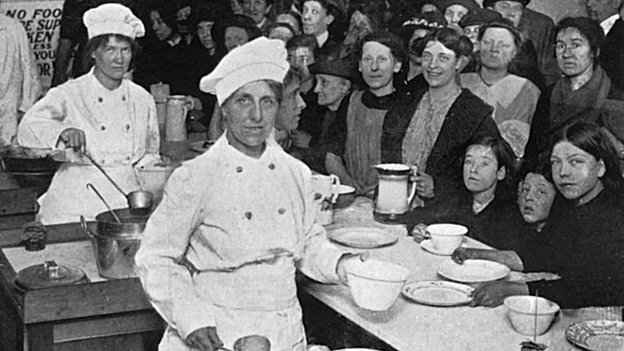
One of the traditions which arose from America’s culinary melting pot is the consumption of Hoppin’ John and collard greens. Deriving from the Gullah people of coastal Georgia and South Carolina–by way of West African cuisine and the French and Spanish Middle Ages custom of eating beans on New Years Day–the dishes are thought to bring good luck to the new year, with the black-eyed peas in Hoppin’ John symbolizing pennies, and the collard greens symbolizing money. Regional variations of the tradition included the use of grits and peas in Alabama, the use of rice and peas in South Carolina, and some adding rice (for health) and cornbread. Either way you choose to fix them, they are a reminder of the unique, but shared heritage of African-Americans.
Further Reading:
Hog and Hominy: Soul Food from Africa to America by Frederick Douglass Opie
Stirring the Pot: A History of African Cuisine by James McCann
What the Slaves Ate: Recollections of African American Foods and Foodways by Herbert C. Covey & Dwight Eisnach





We never did collard greens in my house on New Year’s but we did do black-eyed peas, which frankly I never cared for. Frankly I prefer champagne, smoked salmon and caviar to ring in the New Year.
We’re passing on the Hoppin’ John this year in favor of lasagna. It’s my daughter’s birthday and that’s her favorite.
We always have sauerbraten for New Year’s.
I had never heard of this tradition until I saw several people discussing it on Twitter. I wondered where this belief came from–now I know. 🙂 Thanks, Evangeline.
The black eyed peas are for good luck. The collard greens is for money, and the rice is for health. I have no idea what the cornbread is for, but I suspect it just tastes good with butter, honey and the rest of the stuff.